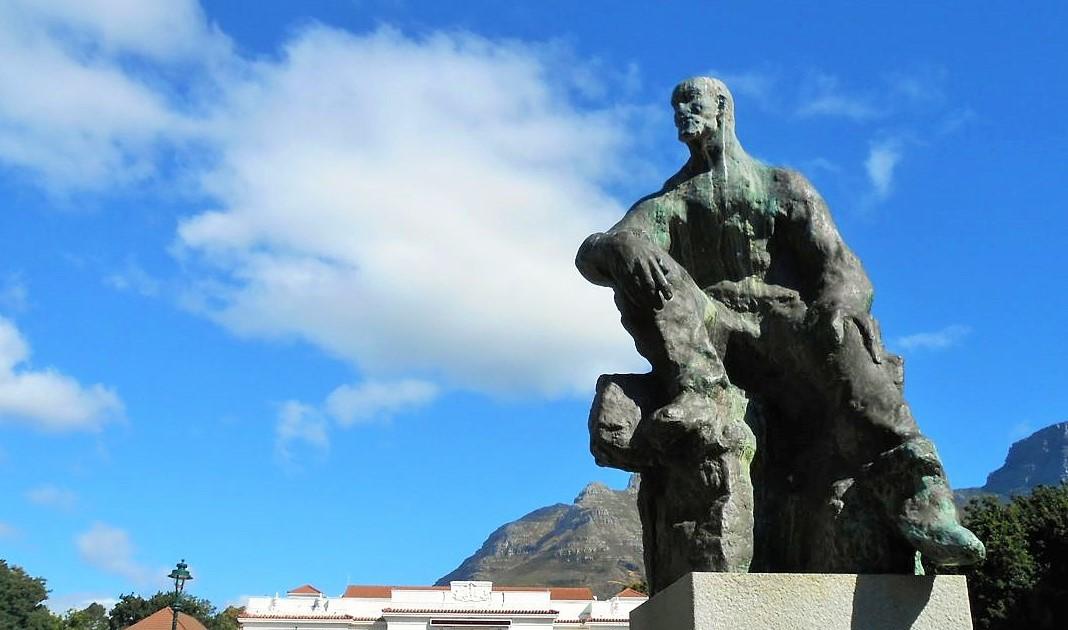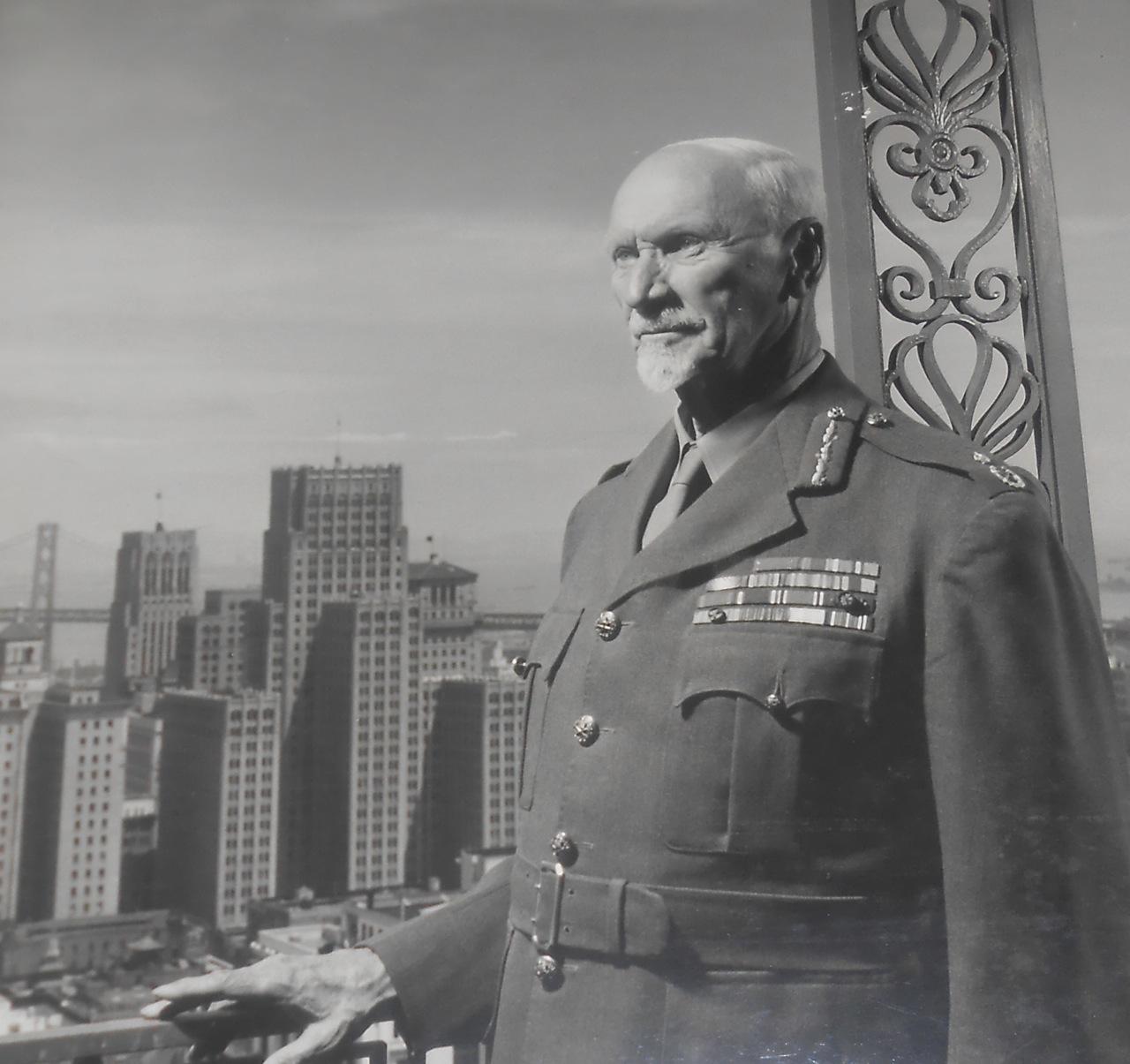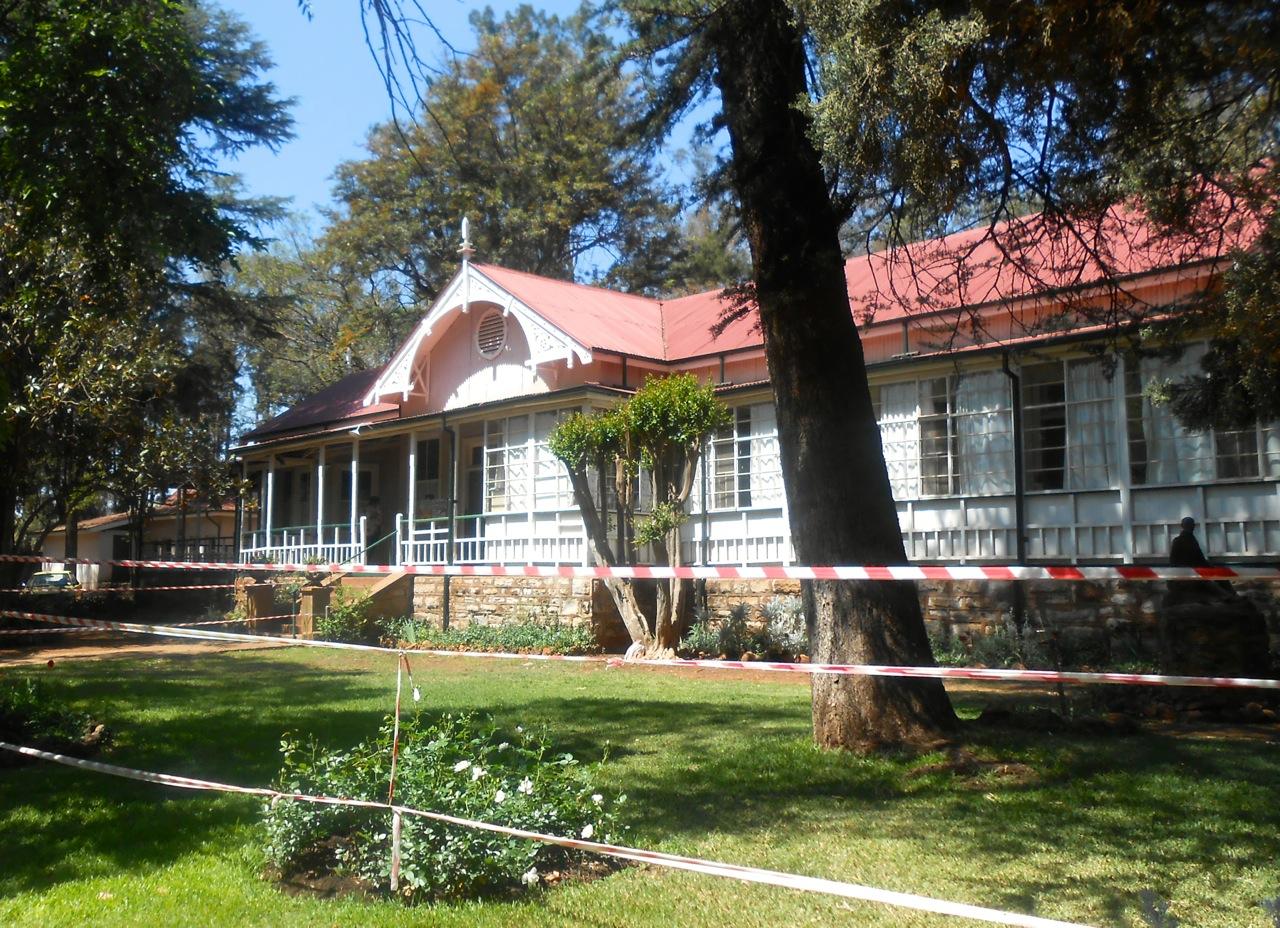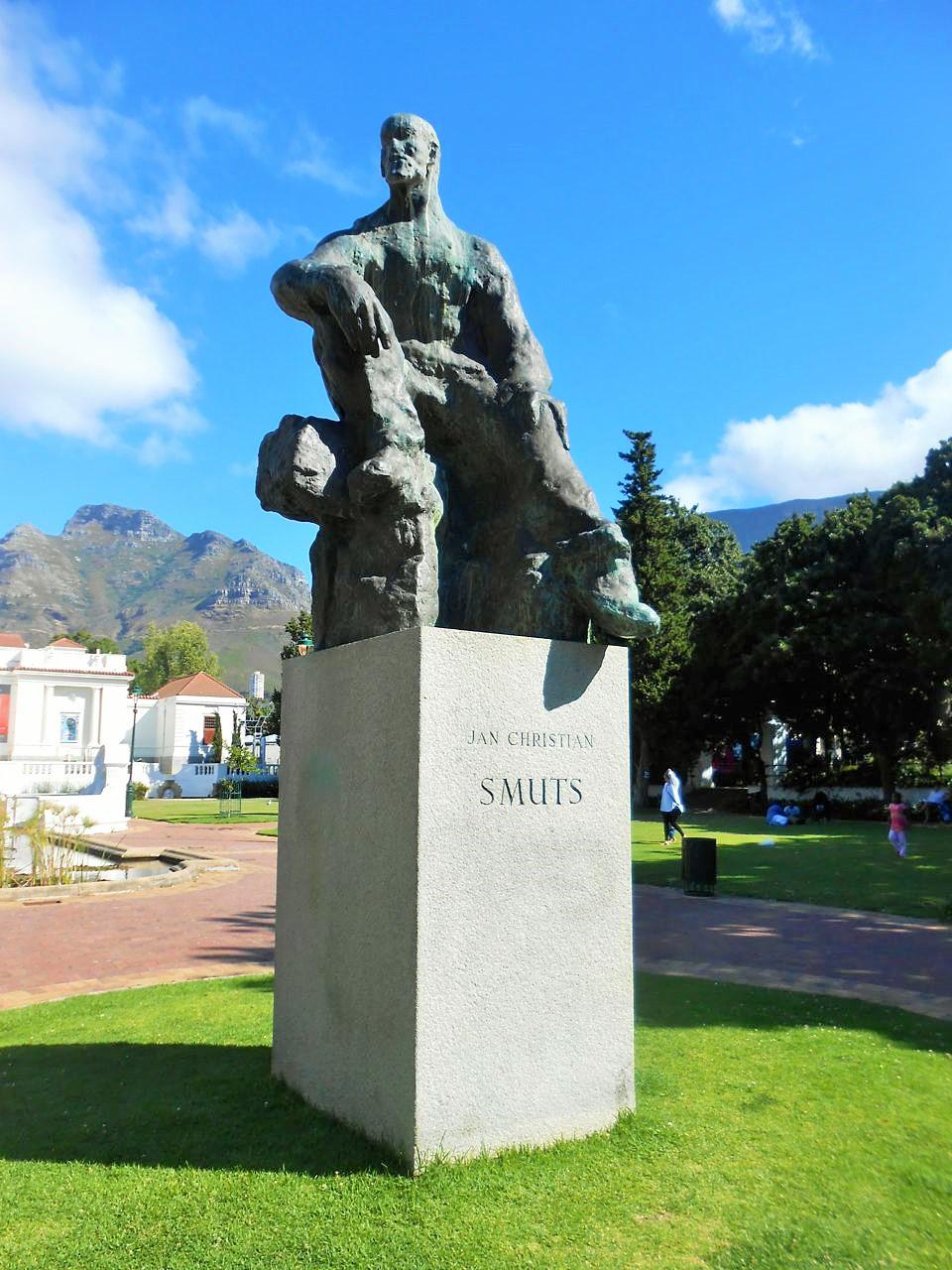
Great men who lived in another century need reinterpreting and reinventing for a new generation of this century. Biography makes for a good story and the lives of past leaders may have some lessons for the an electorate looking for criteria and yardsticks to evaluate present leaders. Hence a new biography of Jan Smuts has an explicit and an implicit agenda.
Book Cover
Smuts, South African patriot, Boer War general, British Empire and Allied war leader and the man with an even greater reputation abroad than at home, died in 1950. Smuts was a man of superior intellect, who twice served as South Africa's prime minister and led the country through war and not inconsiderable domestic strife. He was ruthless and politically ambitious. He took tough decisions to deal with, as he saw it, insurrection, and labour strife, warfare and treachery. As a political opponent he was a man of steel as his first biographer of the thirties, Armstrong, called him. He achieved fame at a relatively young age as a military man of action in the Boer War. Smuts was also a man of peace and reconciliation. In later life he was renowned as a statesman who shaped international institutions for over two decades.
Smuts at the San Francisco Conference in 1945 (Smuts House Museum)
He was a controversial figure for together with Louis Botha he embraced peace with the British and sought to forge a new South African unitary state, of white political consensus within a wider British empire. This did not please all of Afrikanerdom, which, under Malan, shifted to the right and Smuts was pushed from power in 1948, and so ushering in the long apartheid era. Smuts was a brilliant and consummate politician and statesman, but he was also flawed as becomes evident in this biography.
Richard Steyn, a respected journalist and former editor of The Star, has chosen to take on the task of retelling the Smuts tale and emphasizing the relevance of his greatness, his life and weaknesses for contemporary readers. He argues that Smuts is relatively unknown today but that his life, times and actions may have some lessons for our age, there are parallels to be drawn with the post 1994 leaders of a liberated South Africa. He argues that Thabo Mbeki was the Smuts of recent times. In reconciliation and forging a new nation there are parallels between Smuts and Mandela.
The preface starts by Steyn setting out his objective, that is, to write a workmanlike and readable book aimed at young and busy people, who may not have time for the methodology and extensive footnotes of an historian. It is written in an accessible journalistic style for people in a hurry. The author sets out his aims and delivers on these promises. The first part of the book, in 18 chapters, tells of the life and times of Smuts. Part 2 is somewhat shorter and focuses on a few specific themes of Smuts' personality, his home life, the other women in his life, his philosophical and spiritual outlook, his impact as a wide ranging ecologist, his ideas about race, his rapport with a selection of international political figures such as Woodrow Wilson, David Lloyd George, Winston Churchill, Chaim Weitzmann, King George V and King George VI. A final chapter places Smuts alongside Mbeki and attempts a fairly gentle evaluation. Part 2 is somewhat repetitious and does not really add too many new insights, when I would have expected this to be the meat of new interpretations.
Smuts House Irene (The Heritage Portal)
The approach of the journalist is both a strength and a weakness of this book. Why? The book is an easy read with some grainy black and white photographs to add interest. In that sense it is an old fashioned straightforward biography. There are end notes giving the source references and a selected bibliography for further reading. The book is thought provoking. The weakness is that this book depends almost entirely on published sources and the biographies of others. For those who want to know about Smuts there are many biographies to choose from. This book is a quick summary and synthesis of far more substantial and detailed biographies and the works of contemporary popular writers (Armstrong, Millin, Crafford), family memoirs (JC Smuts [son] and Mincher [adopted daughter], historians (Hancock, the standard 2 volume work of the 1960s) and scholars who mined Smuts for several studies (Beukes). In the seventies, Friedlander and Friedman wrote reappraisals of Smuts, by that time two decades after his death. Trewhella Cameron did a popular illustrated biography in 1994. The point is that Smuts has been well researched, appraised, reassessed and his life thoroughly documented during his life time and since his death. I have a shelf of Smuts books and there are many more Smuts studies. In this book the contextual supports are thinly based on other well written histories of South Africa. So here again there is a heavy reliance on secondary material.
There has to be a strong case for redoing Smuts. There either has to be something new extracted from documentary sources or a radical new interpretation and I see neither in this book. I would have liked Steyn to have given more new analysis, reinterpretation and reevaluation and less potted summary of doubtful long term value. Perhaps Steyn has jumped in and delivered a quick Christmas read and some profitable sales. There is also an e book version. The scholars who may be able to ground their arguments in heavier primary research have been left standing and are still toiling in the archives. This is a book that will sell well because it reads easily and makes for an interesting commentary on a complicated man whose fearful intellect meant he already knew all the answers ahead of everyone else and scarcely listened to lesser peers.
There are many lessons for the current generation of leaders, who also have all the right answers but arrive at those answers in very different ways. Perhaps the greatest lesson of Smuts' life was his sense of public spirited, selfless service to a vision of welding Boer and Briton into a single South African nation. The blind spot was his inability to address the thorniest issue of all, namely the relationship between black and white races in South Africa. The irony was that a man who thought big for international peace, failed in a truly inclusive vision for South Africa. I doubt that the Smuts statue will fall in London but the rest here in South Africa, Smuts figures and his flawed legacy may not stand. Valiantly a distinguished journalist has come to the rescue.
Smuts Statue Cape Town
There is still room for the new and younger historians' view of Smuts and I keenly await a replacement to Hancock. I would like to see an historian of the stature of say, Van Onselen, tackle Smuts.
In summary a good holiday read, but hardly a classic masterpiece biography.
2016 Price Guide: R275 at Exclusive Books
Kathy Munro is an Honorary Associate Professor in the School of Architecture and Planning at the University of the Witwatersrand. She enjoyed a long career as an academic and in management at Wits University. She trained as an economic historian. She is an enthusiastic book person and has built her own somewhat eclectic book collection over 40 years. Her interests cover Africana, Johannesburg history, history, art history, travel, business and banking histories.



